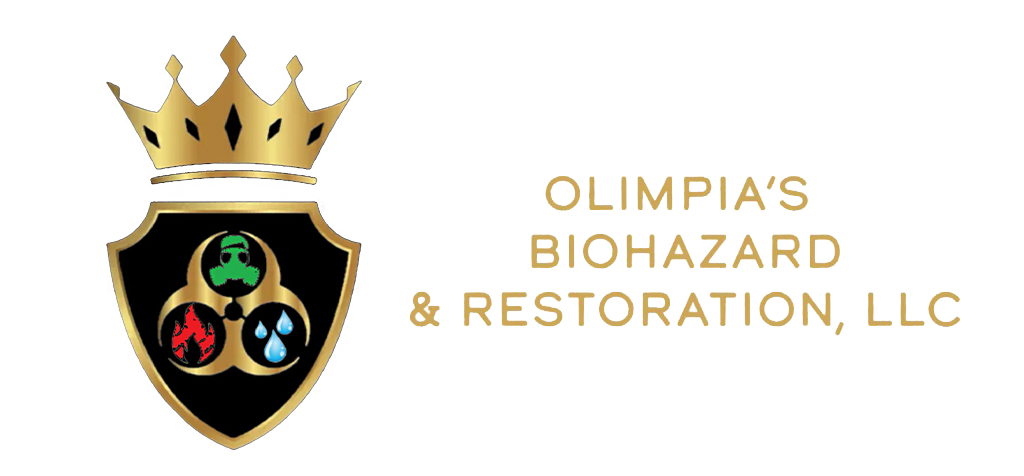Hoarding is a complex and challenging issue that affects many individuals and their living spaces. When it comes to hoarding cleanup, it’s important to approach the process with care and understanding. In this article, Olimpia’s Biohazard and Restoration will explore what to expect during a hoarding cleanup and provide tips on how to prepare for the task ahead. Whether you’re facing hoarding yourself or assisting someone in need, this guide will help you navigate the process and create a safer and more organized living environment.
Guide to navigate the process of Hoarding Cleanup:
Navigating the process of hoarding cleanup can be overwhelming and challenging, but with the right knowledge and approach, it is possible to restore order and create a safe living environment.
Understanding Hoarding
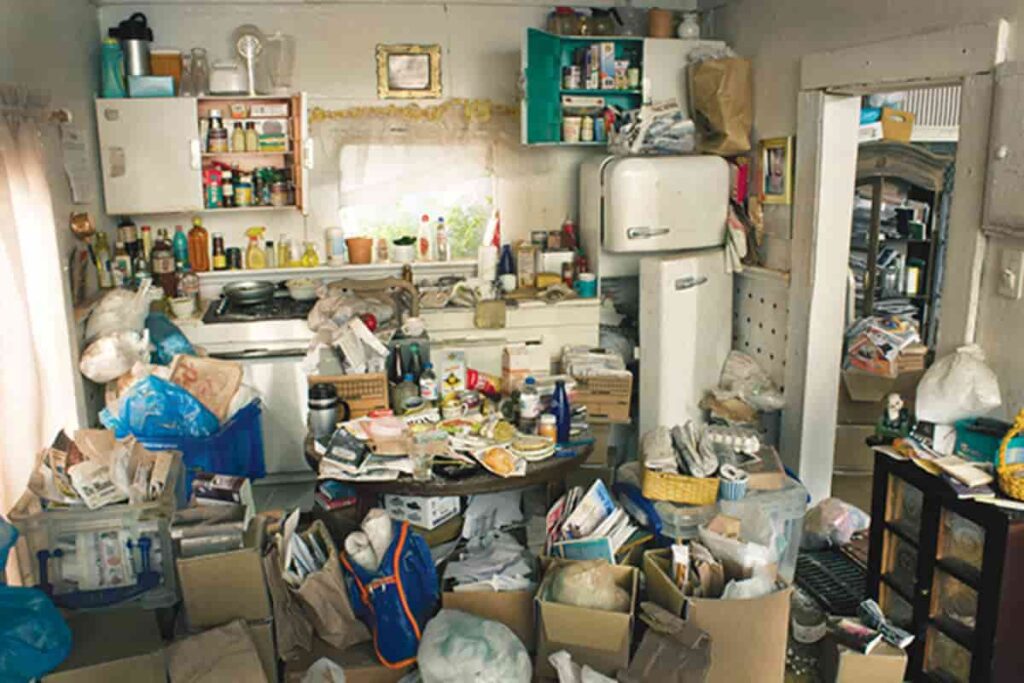

Certainly, when discussing hoarding cleanup services, it’s vital to begin by understanding what hoarding entails. Hoarding is a disorder characterized by the excessive accumulation of items, often resulting in cluttered living spaces that can be hazardous or unsanitary. It’s essential to recognize that hoarding is not a matter of laziness or lack of cleanliness but rather a complex mental health issue. Understanding this underlying condition will help hoarding cleanup services approach the process with empathy, patience, and sensitivity, ensuring that those affected receive the care and support they need while restoring their living spaces to safe and healthy conditions.
Assessing the Situation
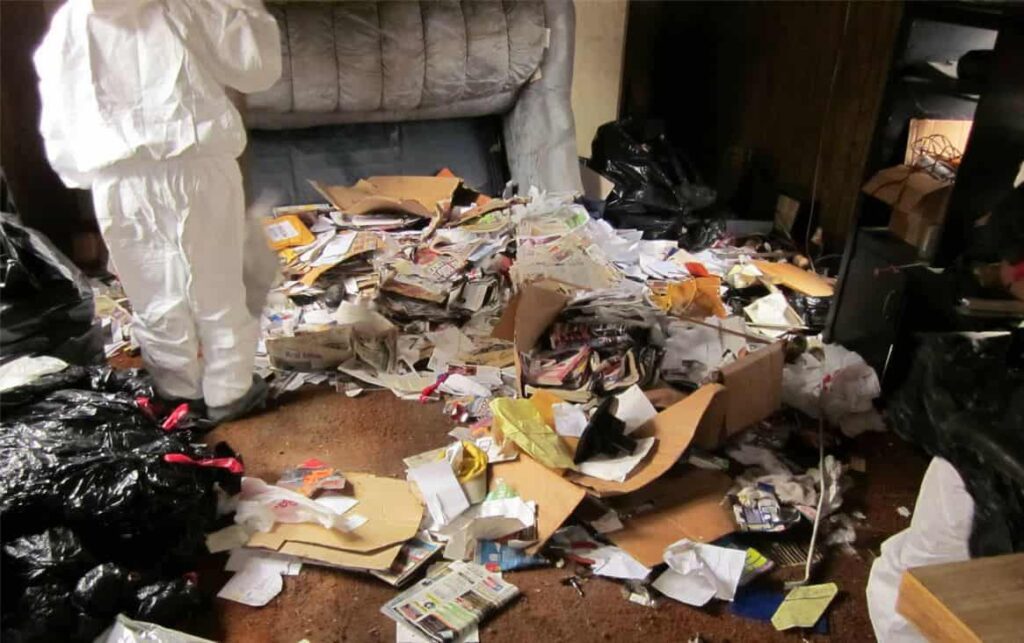

The first step in hoarding cleanup is assessing the situation. It’s important to evaluate the extent of the clutter and potential hazards in the living space. Take note of blocked exits, structural damage, mold, pest infestations, or other safety concerns. This assessment will help you prioritize areas for cleanup and identify any professional assistance needed. It’s crucial to involve the hoarder in this process to ensure their needs and preferences are considered, promoting a sense of control and cooperation.
Developing a Plan


Absolutely, developing a comprehensive plan for hoarding cleanup is essential. When addressing the need for hoarding cleanup services, it’s crucial to break down the process into manageable tasks and set realistic goals. Creating a structured timeline with specific tasks for each day or week can help maintain focus and organization throughout the cleanup. However, it’s important to be flexible and understanding, as individuals with hoarding disorder may have emotional attachments to items, making decision-making challenging. Patience and empathy are key during this phase, as the process involves not only cleaning but also providing support and understanding to those affected by hoarding disorder.
Gathering Necessary Supplies words


Before starting the cleanup, gather the necessary supplies to facilitate the process. These may include trash bags, cleaning solutions, gloves, masks, storage containers, and labeling materials. It’s crucial to prioritize safety by wearing appropriate personal protective equipment (PPE) to minimize exposure to potential hazards like mold or vermin droppings. Additionally, consider having a designated area for sorting items into categories like keep, donate, or discard. Having all the supplies readily available will streamline the cleanup process and make it more efficient.
Enlisting Professional Help
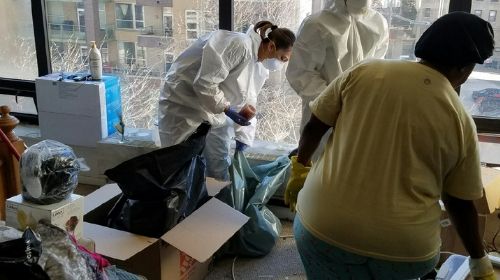

Absolutely, when dealing with hoarding or even animal hoarding cleanup, it’s crucial to consider enlisting the help of experienced professionals. These situations often require specialized expertise, support, and specialized equipment to ensure a thorough and safe cleanup process. Professional hoarding and animal hoarding cleanup services understand the sensitive nature of these conditions and can provide invaluable guidance on decision-making and post-cleanup support. If you decide to hire professionals for hoarding or animal hoarding cleanup, it’s essential to research reputable companies in this field and schedule a consultation to discuss your specific needs. This proactive approach can ensure that the cleanup process is handled with the necessary care and expertise to address these challenging situations effectively.
Sorting and Decision-making


Sorting through hoarded items and making decisions can be emotionally challenging for the hoarder. Encourage them to actively participate in the process while providing support and understanding. Help them categorize items into keep, donate, or discard piles based on their value, functionality, and importance. It may be helpful to establish criteria together, such as whether an item has been used in the past year or holds sentimental value. Celebrate small victories, acknowledge the difficulty of letting go, and remind the hoarder of the benefits of a clutter-free and safe living environment.
Maintaining a Clutter-Free Space


Once the hoarding cleanup is complete, it’s essential to establish strategies for maintaining a clutter-free space. Encourage the hoarder to develop new habits and routines, such as regular cleaning and decluttering sessions. Creating designated storage areas and implementing an organizational system can help prevent future accumulation. It’s important to continue providing support and monitoring progress to ensure the hoarder doesn’t revert to old habits. Remember that overcoming hoarding is a long-term process, and a strong support network and professional help, if needed, can contribute to successful long-term outcomes.
Addressing Emotional Challenges


Hoarding cleanup goes beyond the physical aspects; it also involves addressing the emotional challenges that come with letting go of possessions. Understand that the hoarder may experience anxiety, fear, or distress during the process. Encourage open communication and provide emotional support throughout. Consider involving a therapist or counselor who specializes in hoarding to assist with the emotional aspects of the cleanup. By acknowledging and addressing these challenges, you can help the hoarder navigate their emotions and facilitate a more successful and healing cleanup process.
Ensuring Safety and Health Measures
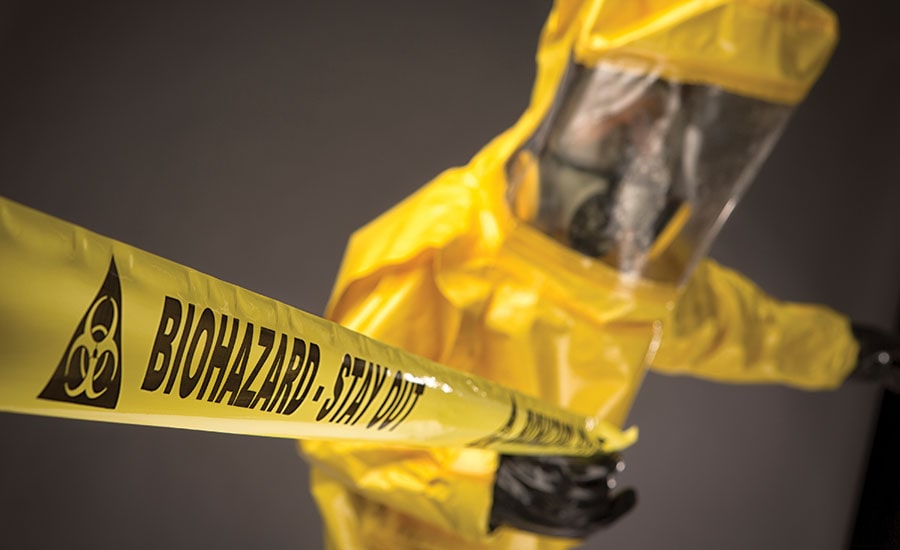

Hoarding environments can pose health and safety risks. During cleanup, prioritize safety measures such as wearing gloves and masks, maintaining proper ventilation, and addressing any biohazardous materials. Consider consulting with professionals or local health authorities for guidance on handling hazardous substances like chemicals or expired medications. It’s crucial to create a safe working environment for everyone involved in the cleanup process. Prioritize the well-being of the hoarder and the cleanup team by adhering to proper safety protocols and guidelines.
Post-Cleanup Support and Maintenance
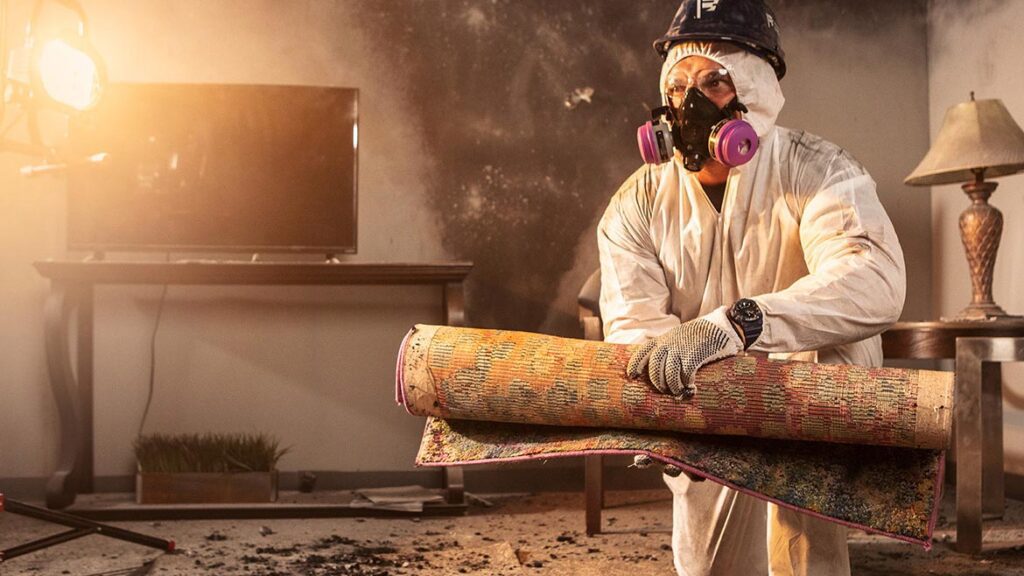

The journey doesn’t end once the hoarding cleanup is complete. It’s important to provide ongoing support and establish a maintenance plan to prevent relapse. Encourage the hoarder to seek therapy or support groups to address the underlying causes of hoarding. Regular check-ins and assistance with organizing can help them stay on track. Offer resources for continued education on hoarding disorder and clutter management techniques. Remember that maintaining a clutter-free space is an ongoing effort, and continued support will contribute to long-term success in overcoming hoarding tendencies.
FAQs
How do you fix permanent water damage?
–To fix permanent water damage, professional restoration techniques such as drying, dehumidification, mold remediation, structural repairs, and cosmetic renovations may be required.
What are the most common causes of water damage?
–The most common causes of water damage include plumbing leaks, burst pipes, natural disasters like floods or storms, faulty appliances or equipment, and inadequate home maintenance.
What needs to be replaced after water damage?
–Items that may need to be replaced after water damage include saturated carpets and padding, damaged drywall or insulation, warped or swollen wood flooring, and water-damaged furniture or appliances depending on the extent of the damage.
Conclusion
Water damage can be a costly and disruptive problem for homeowners in Portland. By understanding the common causes of water damage and implementing professional solutions, you can protect your property and minimize the risk of future damage. Regular maintenance, prompt repairs, and proper emergency preparedness are essential for preserving the integrity of your home and avoiding extensive water damage.
